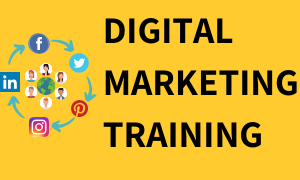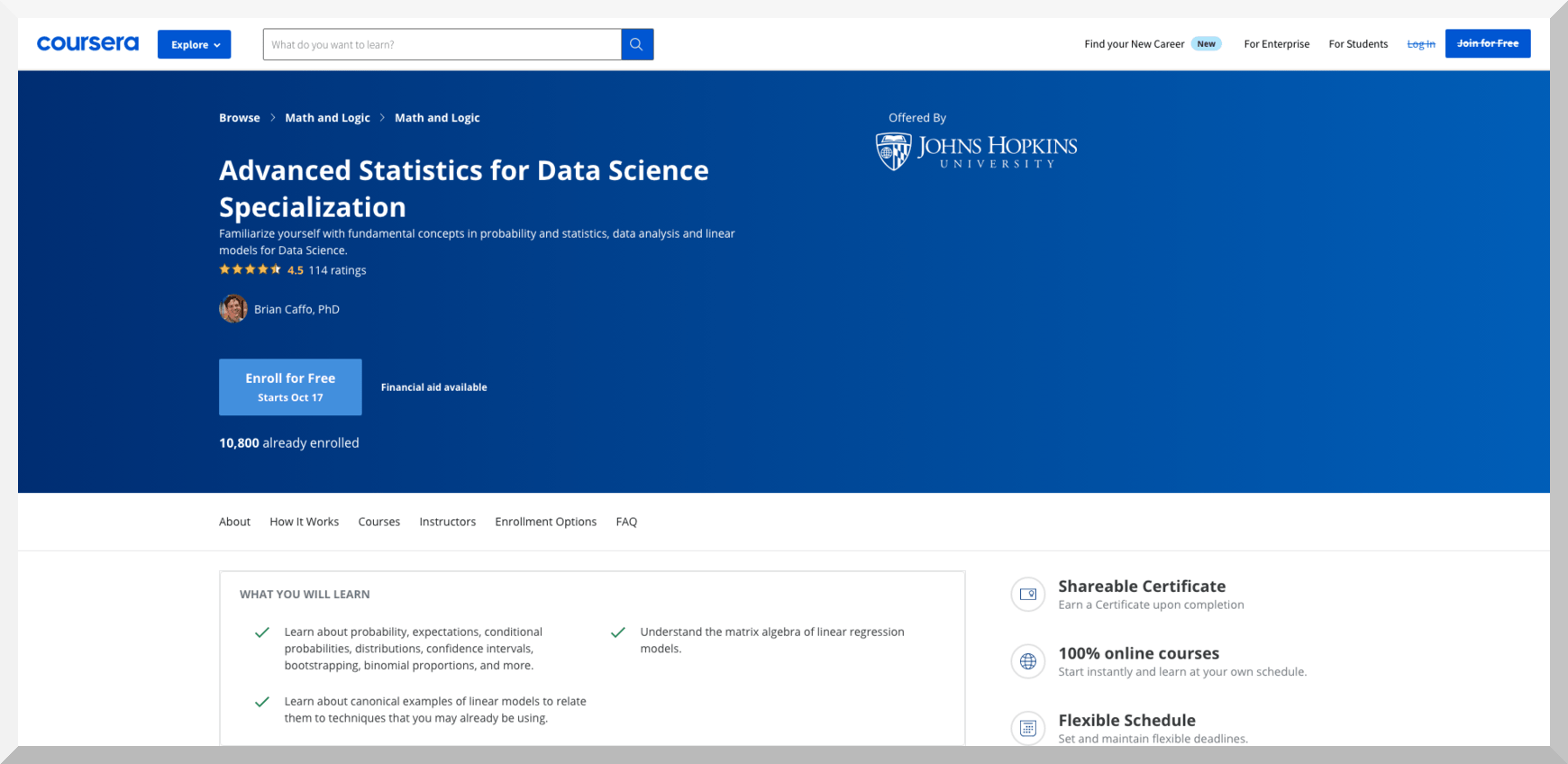
The Boston Latin School was founded in 1635 and is one of the oldest public exam schools in the United States and in the British Empire. It is also the oldest American school. Recent events have caused controversy at the school, including the test-taking policy and racial testing. The Boston Latin School's racial quotas violate the constitutional right to equal protection.
Boston latin school's racial quotas violated the Constitution guarantee of equal protection
A federal judge has ruled that racial quotas at the Boston Latin School violate the constitutional guarantee of equal protection. After the Boston School Committee had voted to stop the practice of structuring school admissions by race, the case was brought about. The plaintiffs sought damages, equitable relief, and a declaration stating that the admissions practices violated equality protection.
The school had a policy that allowed it to give the last 45 seats to Hispanics, whites, blacks and Asians. The black and Hispanic students were given preferential treatment over white students. Despite this, the composite scores of the minority students ranged from 95th to 150th. Sarah however received a higher average score than the majority of minority students.

Boston latin school - Test-taking Policy
This summer, the Boston Public Schools approved the Boston Latin School's test-taking policy. It divides applicants into eight categories. Each group competes alongside students from the same background. It is intended to bridge the gaps between school and home resources. Traditionally, more affluent families are able to afford private test prep classes and enjoy other academic advantages. This makes them more likely to be successful at Boston Latin School and the O-Bryant School of Math and Science.
Boston Latin School had admitted students until recently based on their Independent School Entrance Examination results and the most recent grades. A recent coronavirus epidemic forced the school's suspension of test-taking policies. School Committee will determine whether standardized tests will be required. The school is still considering this option.
Boston Latin School Performing Arts
Students in the Visual and Performing Arts Department at Boston Latin School are exposed to a wide variety of musical styles of performance. There are opportunities to compete in local and advanced ensembles. Many students take part in theatre and chorus. The Wind Ensemble has won MICCA contests.
Boston Latin School, a public school founded in 1635, is an institution for examinations. The school offers classes from 7th to 12th grades and strives for the education of the whole person. The school's curriculum is based on the Latin school movement. It was founded in 18th century and focuses on the classics to help educate the mind. For example, students must complete four years of Latin before they can continue with other subjects.

Student activism at the boston Latin School
Students at Boston Latin School are taking action to end discrimination and racism on campus. Students released a social-media campaign to raise awareness of the issue after a recent video showed racism in the school. The campaign was noticed by the mayor of Boston. School officials have committed to investigating the claims of the students.
A new US Attorney's office report has provoked debate over the school’s racist policy. After eight civil rights organizations filed a complaint together on February 26, the US attorney's Office is now conducting an independent investigation into Boston Latin School. According to the lawsuit, the school failed address harassment and race discrimination issues on campus. A student allegedly threatened a black student with an electrical cord and failed to notify the black student's parents.
FAQ
What is the difference between a college and a university
A university is an academic institution that provides higher education. It offers courses in various areas, both undergraduate and postgraduate.
A college is often smaller and less famous than a university. Although it may offer fewer courses, colleges often have their own specialist departments.
Do you have to go to college in order become an early education teacher?
However, you may want to think about going to college in order to be prepared for a career in the field.
It is important that you realize that being a teacher can be difficult. Each year, many applicants are rejected from programs. A lot of people leave college after just one semester.
On top of all this, you still have to meet strict qualifications to become a teacher.
What are some ways you can get scholarships?
Scholarships are grants awarded to help pay for college expenses. There are many types and types of scholarships. There are many types of scholarships available.
-
Federal Grants
-
State Grants
-
Student Loans
-
Work Study Programs
-
Financial Aid
Federal grants come directly to the U.S. Federal grants usually require applicants to meet specific requirements. To demonstrate financial need, applicants must meet certain requirements.
Individual states offer state grants. State grants can be offered by each state based upon financial need, while others are given for specific purposes.
Banks and other lending institutions can issue student loans. Students usually borrow money to cover tuition and living costs.
Work-study programs encourage employers to hire qualified student workers. Employers are required by law to pay minimum wage.
Financial aid helps low-income families afford college by covering most or all tuition costs.
How do I select my major?
Students choose their majors based upon their interests. Some students prefer to major in a subject they enjoy doing because they will find this easier than studying something else. Others wish to pursue a career that is not available. Others are motivated to make a living while studying a major. Whatever your reasons may be, you should consider what job you might enjoy after graduation.
There are many options for information on different areas of study. Talk to your family and friends about their experiences. Read magazines and newspapers to see if there are any careers listed. Talk with a guidance counselor at your high school to ask about possible careers. Visit the Career Services section of your local library. Check out books on various topics from your public library. Use the Internet to find websites related to particular careers.
Statistics
- And, within ten years of graduation, 44.1 percent of 1993 humanities graduates had written to public officials, compared to 30.1 percent of STEM majors. (bostonreview.net)
- “Children of homeowners are 116% more likely to graduate from college than children of renters of the same age, race, and income. (habitatbroward.org)
- They are more likely to graduate high school (25%) and finish college (116%). (habitatbroward.org)
- Among STEM majors, that number is 83.5 percent. (bostonreview.net)
- These institutions can vary according to different contexts.[83] (en.wikipedia.org)
External Links
How To
What can I do to become a teacher in my area?
Teacher jobs are available at public elementary schools, private elementary school, private middle schools. Public secondary schools, public secondary secondary schools. Private secondary schools. Charter schools. Public and private Catholic schools. Public and private daycare centers.
To become a teaching professional, you will need to complete a bachelor’s degree program at any of the following universities:
-
A four-year university or college
-
An associate's degree program
-
Some two-year community college programs
-
Combinations of these three types programs
Candidates must fulfill state requirements to be eligible for teaching certification. These include passing standardized test and having a probationary period.
Most states require that candidates pass the Praxis II exam. This test assesses the candidate's reading, writing, mathematics, as well as language arts knowledge.
Many states also require that applicants obtain a specialized licensure before being certified as teachers.
These licenses will be issued by the boards of education in each state.
Some states grant licenses to applicants without any additional testing. In these cases, the applicant should contact the board of education in his or her state to determine if this is true in your area.
Some states don't grant licenses to applicants who haven't completed a masters degree program.
Others allow students to apply directly for licensure to the state board.
There are many licenses available. They vary in cost, length, and requirements.
For example, some states require only a high school diploma, while others require a bachelor's degree.
Some states may require training in particular areas such as literacy or child developmental.
Some states require that candidates receive a master's degree before becoming licensed.
When applying for certification, many states ask prospective teachers about previous employment.
You may want to mention that you have been employed in another occupation on your application.
However, states are more than willing to accept previous work experience, regardless of the type of job.
You might wish to list the title of your last job, the position you held, and the years of service.
These information are often useful to potential employers.
It shows that they have relevant skills.
You may have gained valuable work experience and new skills while working.
You can showcase this to future employers by putting your resume in their hands.